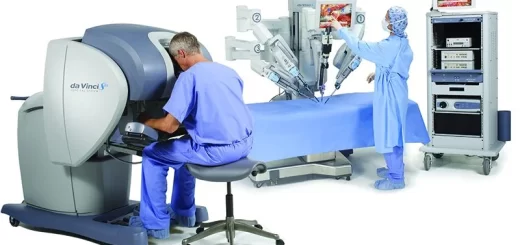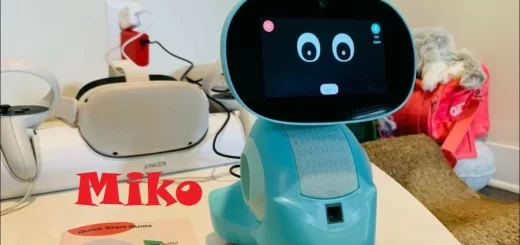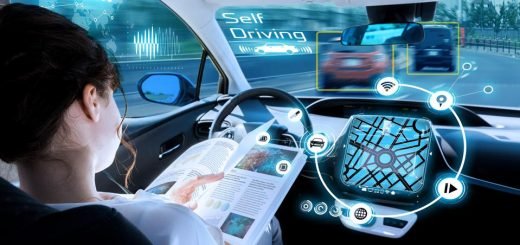Aerospace Engineering, Autopilot system, Automation in aviation advantages and disadvantages
Automated systems make airplanes easier to fly, They can be as simple as an automatic light dimmer or as complex as an autopilot that kicks-in when it “thinks” there is trouble, Pilots can fly aircraft with automated systems, they can control the trajectory of their aircraft when using the full functionality of such systems, Modern aircraft depend on automation for safe & efficient operation.
Aerospace Engineering
Aerospace Engineering refers to the Research, development, designing, construction, science, testing and technology of aircraft and spacecraft, It is a principal division of engineering, Aerospace Engineering is divided into two corresponding branches: astronautical engineering & aeronautical engineering, astronautics furnishes & contributes in the spacecraft that maneuver over the Earth’s atmosphere, Aeronautics furnishes & contributes in those air-crafts which maneuver in Earth’s atmosphere.
Aerospace Engineering pacts with the design, manufacture, and study of the science behind the forces and corporeal assets of spacecraft, aircraft, flying craft and rockets, This arena also shields their aerodynamic physical appearance and airfoil, drag, control surfaces, lift and other assets.
Aeronautical engineering-Initially this field was known as Aeronautical engineering, Later, due to the advancement in technology and especially aircraft technology, the craft operating was included in outer space, So, it was universally termed as “Aerospace engineering” which has swapped it in communal practice, Aerospace engineering is an outlet of astronautics & it is conversationally referred as “rocket science”.
Flight vehicles lay open to challenging circumstances such as which are being created due to the fluctuations in atmospheric pressure and temperature and using anatomical loads enforced upon vehicle mechanisms, so, these devices are of various technological and engineering developments comprising propulsion, avionics, aerodynamics, science, manufacturing, materials and structural analysis.
Aerospace engineering is nothing but the collaboration between these technologies, Since it is complex work and involves a lot of regulations and developments, Aerospace engineering is executed by a team of engineers with specialized areas of proficiency, and contemporary flight vehicles are developed and manufactured, This demands compromise and careful balance between available, technologies, design, abilities & costs.
The production of aircraft, missiles & spacecraft is planned, tested and controlled by Aerospace engineers, These engineers are fully equipped to develop innovative technologies which can be used in aviation, space and defense systems, Aerospace Engineers are highly paid, They help out the civic and building of aircraft.
Aerospace Engineers enjoy a high level of job gratification, besides with a sentiment of achievement, They can create innovative devices that are not limited to aircraft, spacecraft, and missiles, over and above advanced-technology fresh government ventures.
Aerospace Engineer has to travel all over the country to find lucrative projects, This is a location-specific job, that requires an engineer to shift his family’s base and start afresh, so, a lot of stress and anxiety develop while completing a project, These can create a deleterious inspiration.
Automation in aviation advantages
Automation of the airline cockpit can free pilots’ attention from tedious control tasks and affords them more time to look up, think ahead, and focus on “the big picture” of the flight, Time once spent staring at a few instruments can be devoted to planning around potential weather hazards, monitoring the health of the airplane’s systems, fielding requests from air traffic control, or contemplating alternatives should anything go amiss.
When automation fulfills its promise of relieving pilots from focusing on low-level control tasks and providing them with more time to focus on the “big picture” of the flight, Automation can improve flight path control and reduce weather minima, It can increase passenger comfort, Systems monitoring displays coupled with diagnostic assistance systems (Electronic Centralized Aircraft Monitor (ECAM)/Engine Indicating & Crew Alerting System (EICAS)) support enhanced pilots’ and maintenance staff’s understanding of aircraft system states.
Automation helps pilots in repetitive or non-rewarding tasks that humans are less suited, though it changes the pilots’ active involvement in operating the aircraft into a monitoring role, which humans are poor at doing effectively or for long periods, pilots who fly with Autothrottle (AT) engaged can quickly lose the habit of scanning speed indications, so, when the AT disengages, either by design or following a malfunction, the pilots will not notice or react to large speed deviations.
Artificial intelligence can reduce workload, free attentional resources to focus on other tasks but the need to manage the automation, when involving data entry or retrieval through a key-pad, places additional tasks on the pilot that can increase pilot workload, In contrast, poor automation can reduce the operators’ situational awareness & create significant workload challenges when systems fail.
When higher levels of automation are used, pilots’ thoughts move away from specific tasks at hand and onto higher-level matters related to the flight, When pilots are in the midst of a successful performance, regardless of the level of automation being used, pilots’ thoughts often drift to matters unrelated to the flight, Although automation is associated with more higher-order thoughts about the flight, these thoughts may center on struggles with getting the automation to work as desired.
Automation in aviation disadvantages
Due to lack of practice and feel for the aircraft, so, Basic manual & cognitive flying skills can decline, This is exacerbated if operators actively discourage flight crew from manual flying or limit the manual modes they may use such as prohibiting manual flying with Auto-Throttle disengaged, In case of unexpected automation behavior, un-commanded disengagement caused by a system failure resulting in mode reversion or inappropriate mode engagement by the pilot may lead to adverse consequences.
However, when faced with a complex failure event, the ‘simple to understand’ failure information can swamp the crew and either hinder diagnosis or distract the crew from the principal task of fly the aircraft, However, automation can cause incidents when misunderstood or mishandled, automation can cause an aircraft developing an undesirable state, so, it is difficult to recover using traditional hand flying techniques.
Rockets and Missiles types, structure, uses, advantages, disadvantages & How rockets work
Applications of Artificial intelligence in space industry & NASA artificial intelligence



